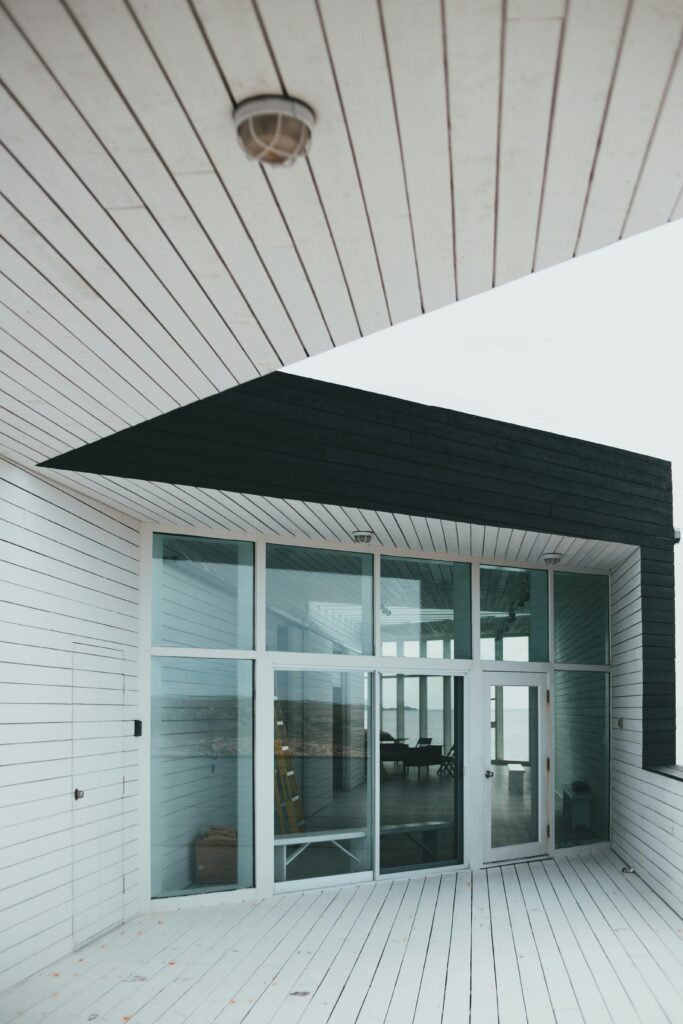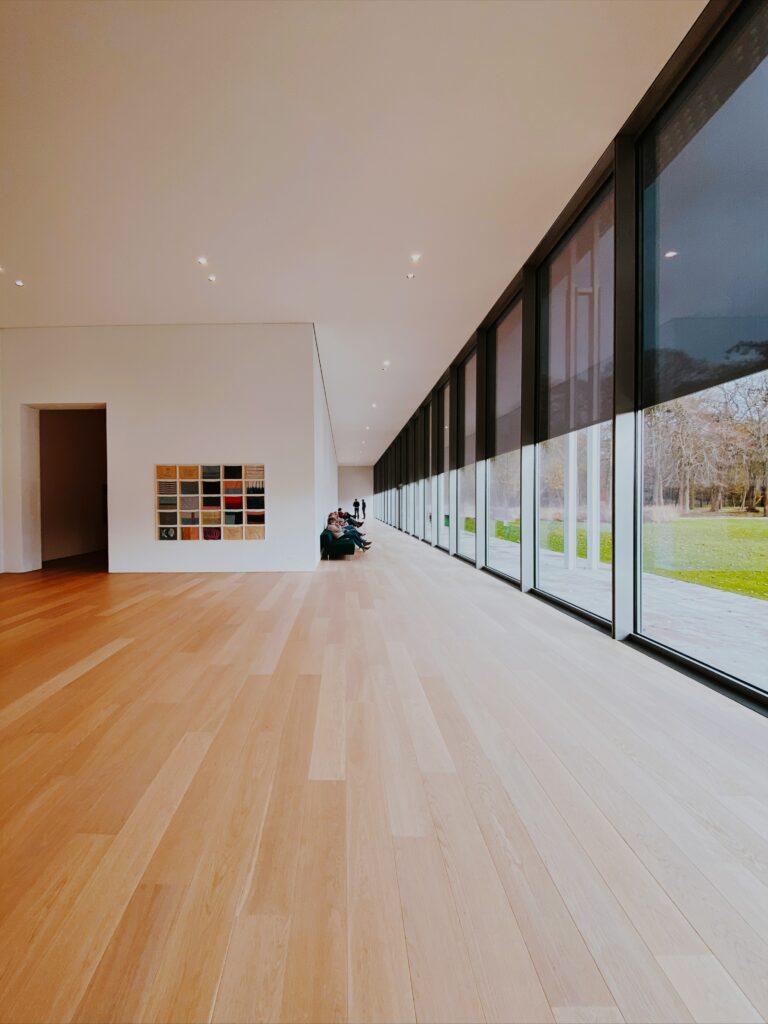Embarking on a home renovation project can significantly enhance the aesthetics, functionality, and value of your space. Whether you’re considering updating your siding, adding insulation, or replacing windows, understanding the cost breakdown is essential for effective budgeting and decision-making. In this guide, we’ll delve into the various factors that contribute to the expenses of exterior renovations, with a focus on residential siding.

Residential Siding Material Costs
The type of siding material for residential siding you choose plays a significant role in determining the overall cost of your renovation. Common options include vinyl, wood, fiber cement (such as Hardie board), metal, and composite. Each material comes with its own price point, with factors like durability, maintenance requirements, and aesthetic appeal influencing the cost.
Labor Expenses
Hiring professional contractors for installation is another crucial aspect of your renovation budget. Labor costs can vary depending on factors such as the complexity of the project, the size of your home, and local labor rates. Additionally, specialized skills may be required for certain siding materials, impacting labor costs accordingly.
Preparation and Residential Siding Removal
Before new siding can be installed, existing siding or materials may need to be removed. This includes the cost of labor and disposal fees for old siding, as well as any necessary preparations such as repairs to the underlying structure or the application of moisture barriers.
Additional Materials and Accessories
Beyond the siding itself, there are various additional materials and accessories that may be required for the renovation. This includes items such as trim pieces, corner posts, flashing, caulking, and insulation. These additional materials contribute to the overall cost of the project but are essential for a professional and long-lasting finish.
Permit Fees and Regulations
Depending on your location and the scope of your renovation, you may need to obtain permits from local authorities. Permit fees vary by jurisdiction and are an important consideration in your overall budget. Additionally, it’s crucial to ensure compliance with building codes and regulations, which may impact the materials and methods used in your project.
Project Complexity and Customization
The complexity of your renovation project and any customization or design features will also influence costs. Factors such as the architectural style of your home, the presence of intricate details or unique features, and special requests for customization will affect both material and labor expenses.
Geographical Considerations
Regional factors such as climate, weather conditions, and local building codes can impact the cost of exterior renovations. For example, homes in areas prone to extreme weather may require additional reinforcement or specialized materials, increasing overall expenses.
Warranties and Residential Siding Maintenance
While not directly part of the initial cost breakdown, considering warranties and long-term maintenance requirements is essential for evaluating the overall value of your renovation investment. High-quality materials with longer warranties may have a higher upfront cost but can provide greater durability and peace of mind in the long run.
Hidden Costs and Contingencies
In any renovation, unexpected expenses can arise due to unforeseen issues or changes in plans. It’s essential to budget for contingencies to account for these potential costs. Factors such as structural repairs, hidden damage, or revisions to the initial design may necessitate additional expenditures, so having a buffer in your budget is advisable.
Timeline and Seasonal Considerations
The timeline for your project can impact costs, particularly if there are seasonal factors to consider. Scheduling your renovation during peak construction seasons may result in higher labor costs or longer lead times for materials. Conversely, opting for off-peak times or offseason discounts may offer cost savings. Additionally, delays due to inclement weather or other unforeseen circumstances can affect project timelines and expenses.
Insurance and Financing Options
Depending on the scope of your project, it’s essential to consider insurance coverage and financing options. Homeowners’ insurance policies may provide coverage for certain types of exterior renovations, such as repairs due to storm damage. Understanding your insurance coverage and any deductible requirements is crucial for assessing potential out-of-pocket costs.
Residential Siding & Exterior Renovations
Understanding the cost breakdown of exterior renovations and residential siding is crucial for effective budgeting and planning. By considering factors such as material costs, labor expenses, preparation and removal, additional materials, permit fees, project complexity, geographical considerations, and long-term maintenance, you can make informed decisions to achieve the desired results within your budget constraints. Consultation with experienced contractors and careful research of available options will help ensure a successful and cost-effective project.




